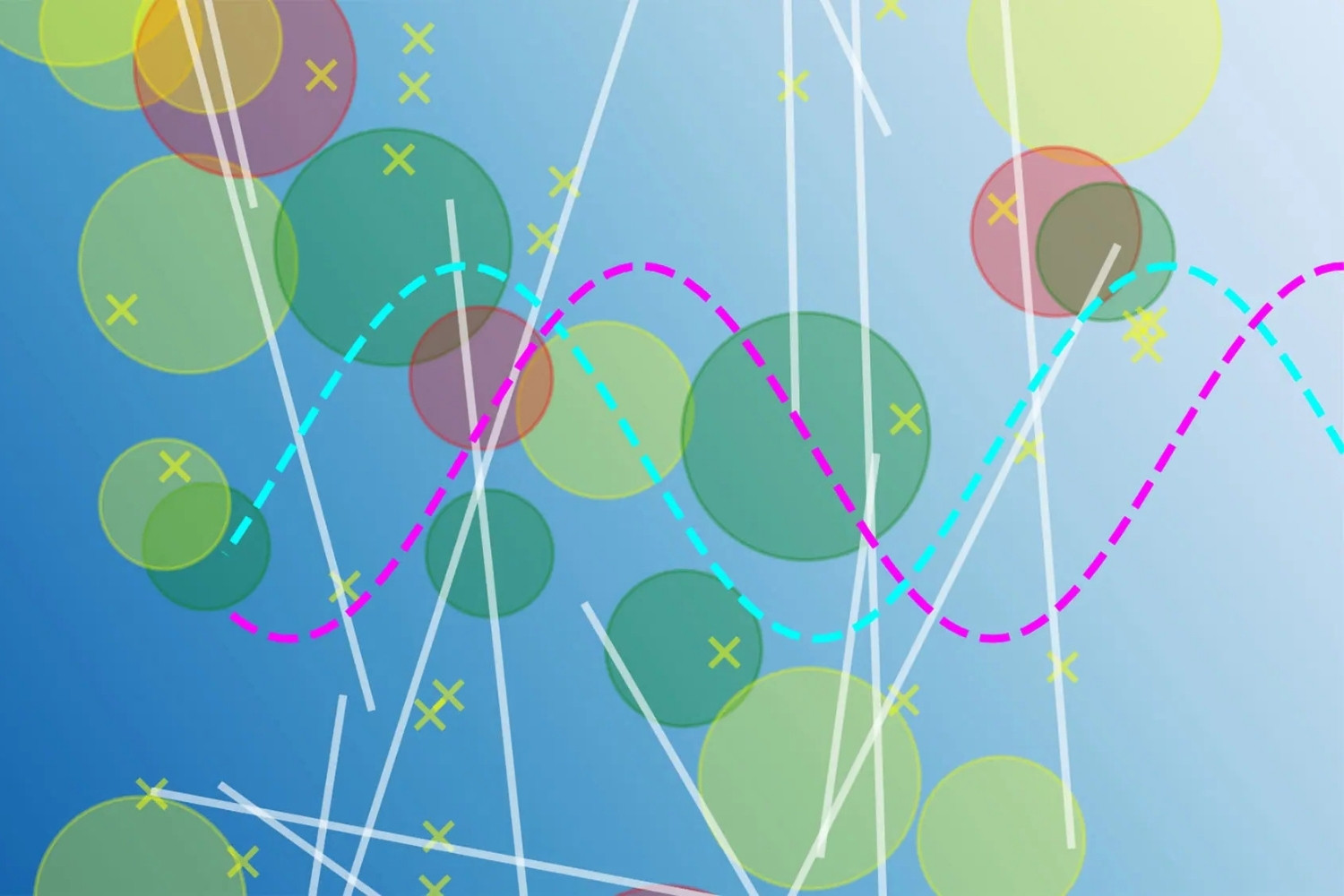
Optimal Control Theory might sound like a complex topic, but it's actually a fascinating field that helps solve real-world problems. Ever wondered how engineers design systems that automatically adjust to changing conditions? That's where this theory comes in. It’s used in everything from spacecraft navigation to economic models. Imagine a thermostat that keeps your home at the perfect temperature by constantly adjusting itself. That’s a simple example of optimal control. This theory helps make systems more efficient, saving time, energy, and resources. Ready to learn some cool facts? Let’s dive into 29 intriguing tidbits about this amazing subject!
What is Optimal Control Theory?
Optimal Control Theory is a mathematical framework used to determine the control policy that will achieve the best possible outcome in a dynamic system. It has applications in various fields, including engineering, economics, and biology. Here are some fascinating facts about this intriguing subject.
-
Origin: Optimal Control Theory emerged in the 1950s, primarily developed by Lev Pontryagin and Richard Bellman.
-
Dynamic Systems: It deals with dynamic systems, which are systems that change over time.
-
Control Policy: The main goal is to find a control policy that optimizes a certain performance criterion.
-
Applications: Used in aerospace for trajectory optimization, in finance for portfolio management, and in medicine for optimal drug dosing.
-
Mathematical Foundation: Relies heavily on calculus of variations and differential equations.
Key Components of Optimal Control Theory
Understanding the key components of Optimal Control Theory helps in grasping its complexity and utility. These components form the backbone of the theory.
-
State Variables: Represent the system's current status.
-
Control Variables: Inputs that can be manipulated to influence the state variables.
-
Objective Function: A mathematical expression that needs to be optimized.
-
Constraints: Conditions that the state and control variables must satisfy.
-
Hamiltonian Function: Combines the objective function and constraints into a single function.
Techniques and Methods
Various techniques and methods are employed to solve optimal control problems. These methods help in finding the best control policy efficiently.
-
Pontryagin's Maximum Principle: Provides necessary conditions for optimality.
-
Dynamic Programming: Breaks down a problem into simpler subproblems.
-
Linear Quadratic Regulator (LQR): A method for linear systems with quadratic cost functions.
-
Bellman's Principle of Optimality: States that an optimal policy has the property that, whatever the initial state and initial decision are, the remaining decisions must constitute an optimal policy.
-
Numerical Methods: Used when analytical solutions are difficult or impossible to find.
Real-World Applications
Optimal Control Theory is not just theoretical; it has numerous real-world applications that make it incredibly valuable.
-
Aerospace: Used for trajectory optimization of spacecraft and aircraft.
-
Robotics: Helps in path planning and motion control.
-
Economics: Applied in resource allocation and investment strategies.
-
Medicine: Optimizes drug dosing regimens for patients.
-
Energy Systems: Manages the operation of power grids and renewable energy sources.
Challenges and Limitations
Despite its usefulness, Optimal Control Theory has its challenges and limitations. Understanding these can help in better application and further development.
-
Complexity: Solving optimal control problems can be computationally intensive.
-
Nonlinearity: Many real-world systems are nonlinear, making them harder to model and solve.
-
Uncertainty: Uncertain parameters can complicate the optimization process.
-
High-Dimensionality: Systems with many state and control variables are difficult to handle.
-
Real-Time Implementation: Applying optimal control in real-time requires fast and efficient algorithms.
Future Directions
The future of Optimal Control Theory looks promising with advancements in technology and computational methods. Here are some trends to watch.
-
Machine Learning: Integrating machine learning techniques to improve control policies.
-
Quantum Computing: Potential to solve complex optimal control problems faster.
-
Autonomous Systems: Enhancing the performance of autonomous vehicles and drones.
-
Sustainability: Applying optimal control to manage natural resources and reduce environmental impact.
The Final Word on Optimal Control Theory
Optimal Control Theory is a fascinating field with real-world applications. From engineering to economics, it helps solve complex problems efficiently. Understanding the basics can open doors to advanced studies and innovative solutions. Whether you're a student, professional, or just curious, diving into this subject can be rewarding.
Remember, the key concepts include dynamic systems, control laws, and optimization techniques. These principles guide everything from robotics to financial modeling. As technology advances, the importance of Optimal Control Theory will only grow.
So, keep exploring, stay curious, and don't hesitate to delve deeper into this intriguing area. The knowledge you gain can be a game-changer in various fields. Happy learning!
Was this page helpful?
Our commitment to delivering trustworthy and engaging content is at the heart of what we do. Each fact on our site is contributed by real users like you, bringing a wealth of diverse insights and information. To ensure the highest standards of accuracy and reliability, our dedicated editors meticulously review each submission. This process guarantees that the facts we share are not only fascinating but also credible. Trust in our commitment to quality and authenticity as you explore and learn with us.
